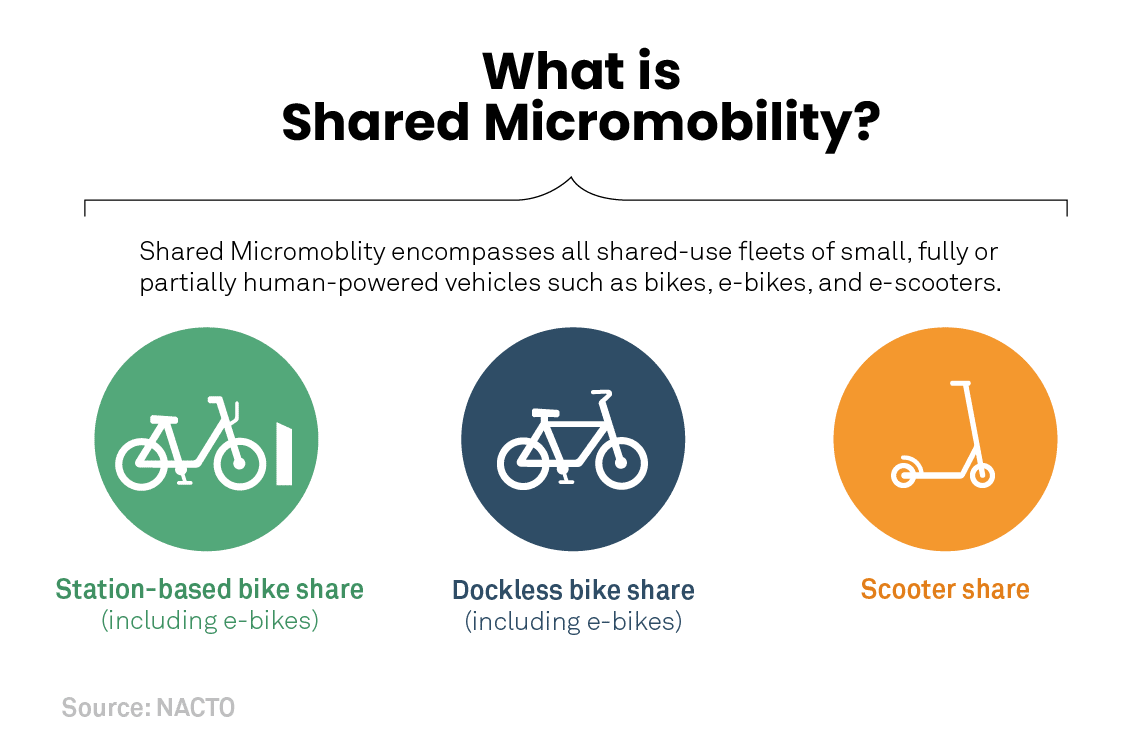A Newbie'S Source On E-Bike Legalities And Regulations In Your Neighborhood
A Newbie'S Source On E-Bike Legalities And Regulations In Your Neighborhood
Blog Article
Web Content Produce By-Riis Rose
Before you get on your e-bike and hit the streets, it's essential to recognize the regulations and guidelines that govern your city. From speed restrictions to assigned riding locations, there's a lot to take into consideration to guarantee you're certified and secure. By familiarizing yourself with the rules particular to e-bikes, you'll be better outfitted to enjoy your experiences with no unforeseen legal problems. Remain tuned to discover essential insights that will certainly aid you browse the e-bike landscape in your city seamlessly.
Comprehending E-Bike Category
When it involves navigating the realm of e-bike regulations and policies, a crucial beginning factor is understanding the classification system that classifies these electrical bicycles. E-bikes are generally categorized into three primary categories: Course 1, Course 2, and Class 3.
Course 1 e-bikes are pedal-assist only, suggesting they provide aid while the cyclist is pedaling and have a maximum speed of 20 miles per hour. These bikes are admitted areas where standard bikes are allowed.
Class 2 e-bikes are geared up with a throttle that can propel the bike without pedaling. They also have a maximum speed of 20 miles per hour and appropriate for bikers who may need assistance without pedaling continually.
Course 3 e-bikes are similar to Class 1 but with a greater maximum speed of 28 mph. https://electrek.co/2023/01/24/himiway-fat-tire-electric-bikes-new-tires/ are frequently limited from specific bike paths or trails as a result of their higher speeds.
Recognizing these categories is essential for complying with neighborhood laws and ensuring a risk-free and enjoyable e-biking experience.
Browsing Speed Restrictions and Limitations
To effectively browse e-bike legislations and policies, it's essential to understand the rate restrictions and restrictions that relate to various classes of electric bikes.
Rate limits for e-bikes differ relying on the classification of the bike. Course 1 e-bikes, which are pedal-assist only and have a maximum speed of 20 mph, are usually permitted on bike lanes and paths.
Course 2 e-bikes, which have a throttle in addition to pedal-assist and likewise get to rates of approximately 20 mph, may be restricted in specific locations where motorized vehicles aren't allowed.
Course 3 e-bikes, with pedal-assist as much as 28 mph, are usually required to follow the very same regulations as traditional bikes.
It is necessary to comply with these speed limitations and limitations to ensure your safety and security and the safety of others when traveling. Prior to riding your e-bike, acquaint yourself with the specific guidelines in your city to prevent any potential fines or legal concerns.
Where to Trip Your E-Bike
To determine where you can ride your e-bike, it's important to be aware of the regulations and standards particular to your area. In most locations, e-bikes are generally permitted on roads and roads where typical bicycles are permitted. This may include bike lanes, bike courses, and shared highways. However, it's essential to examine local laws as some cities may have details constraints on where e-bikes can be ridden.
When riding your e-bike, always focus on safety and security by adhering to web traffic regulations and valuing pedestrian walkways. Furthermore, bear in https://www.pressadvantage.com/organization/zugo-bike of designated bike lanes or paths in your location and use them whenever feasible to ensure a smoother and safer experience.
Some cities likewise have laws regarding e-bike usage on pathways, so make certain to familiarize yourself with these policies to prevent any type of penalties or fines.
Conclusion
Now that you're familiar with the laws and laws surrounding e-bikes in your city, you can with confidence hit the trail knowing where you can ride and what constraints put on your e-bike classification. Remember to always focus on safety and security and comply with the regulations to ensure a smooth and lawful trip. Happy riding!
